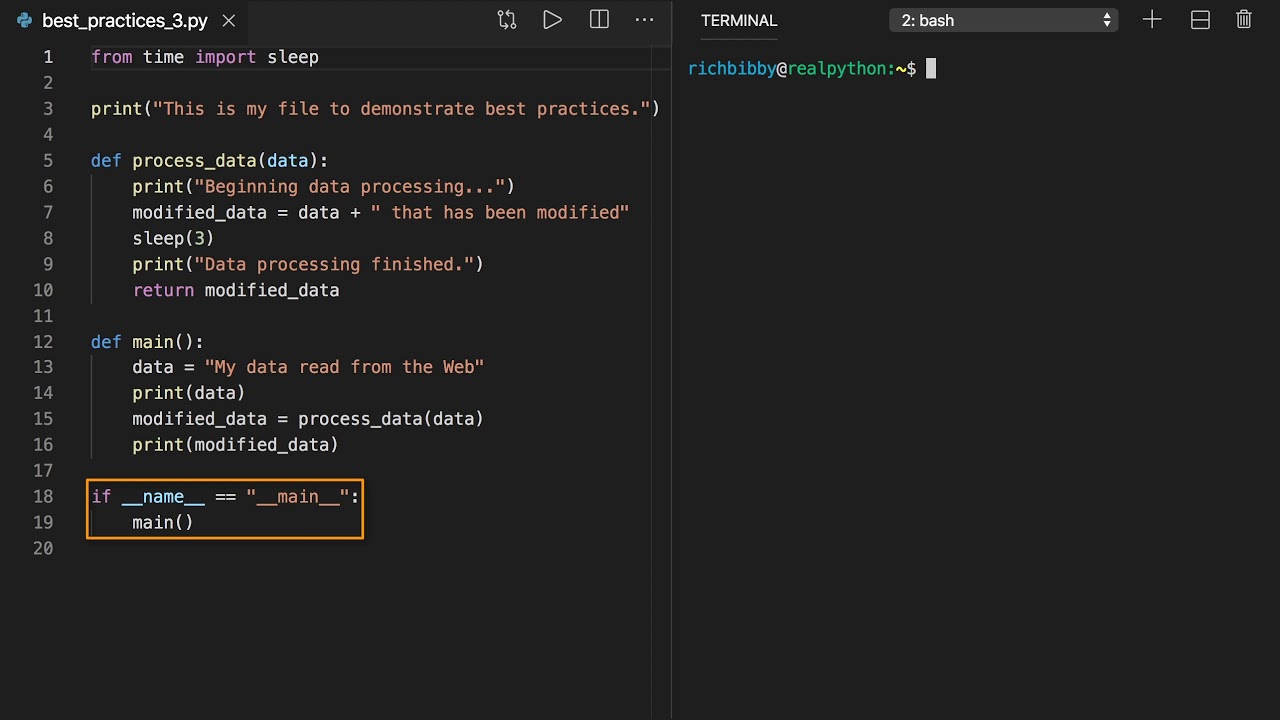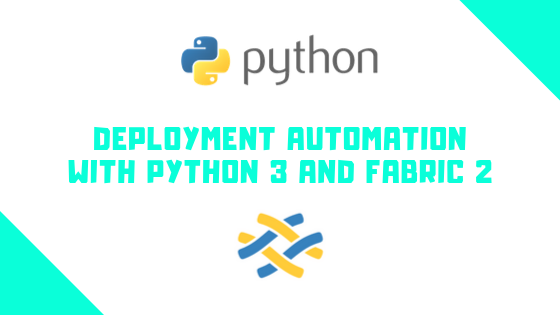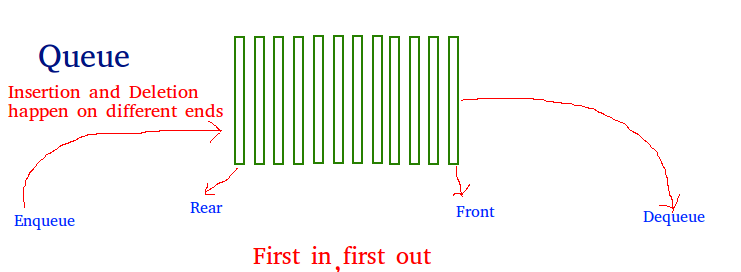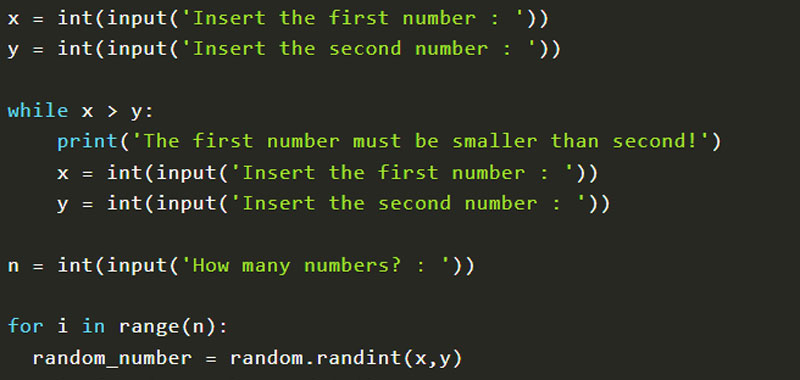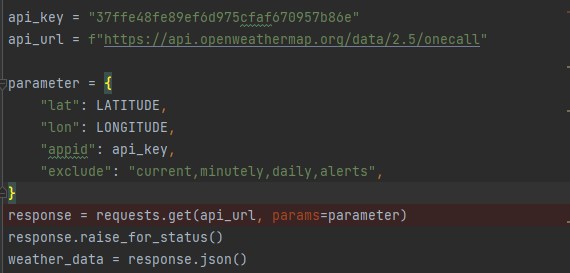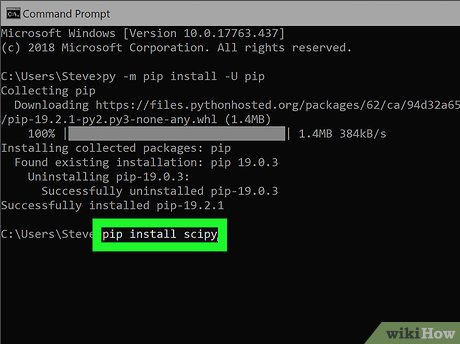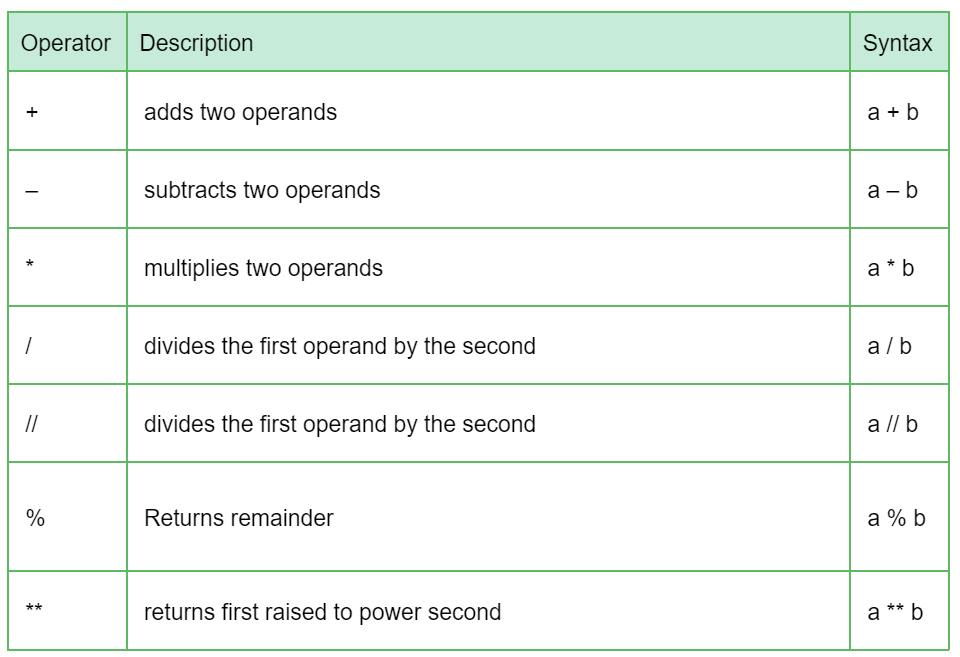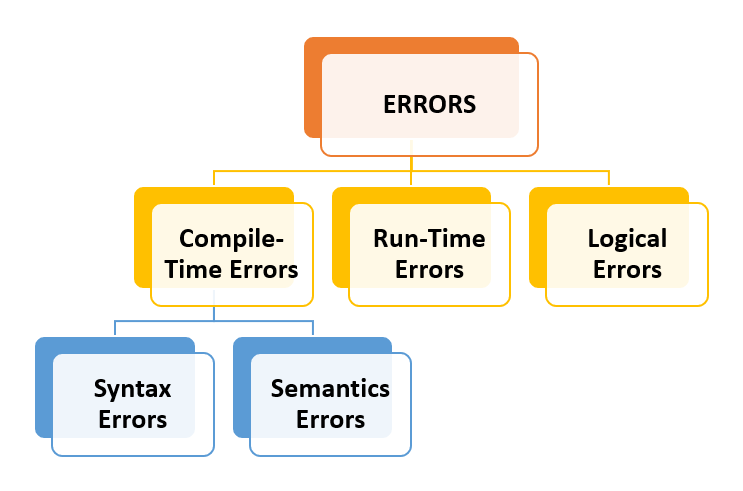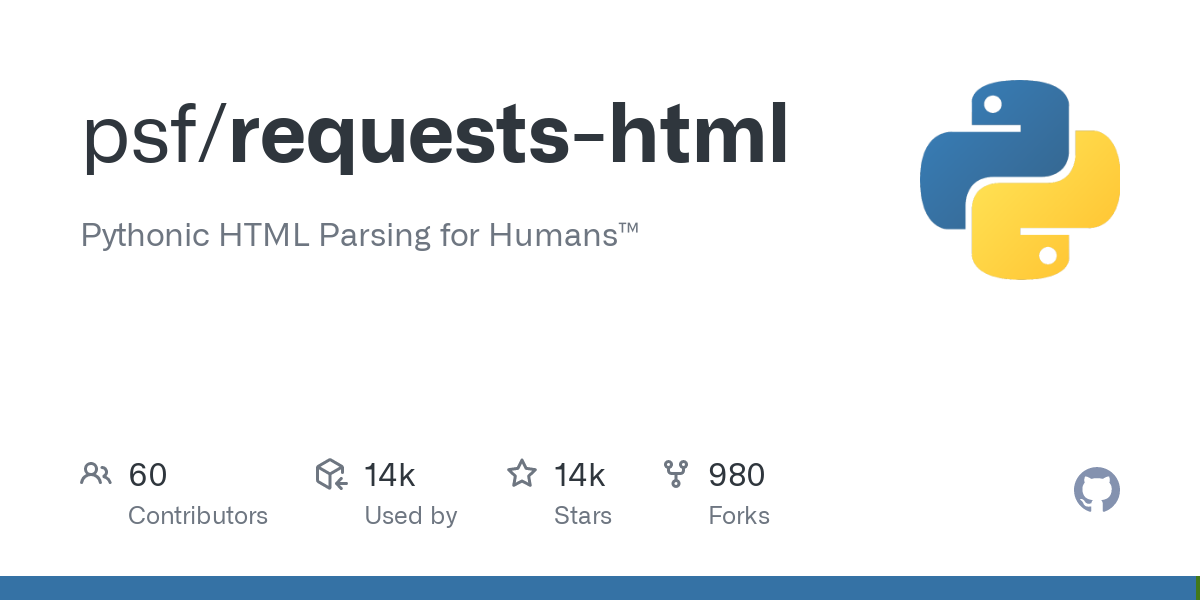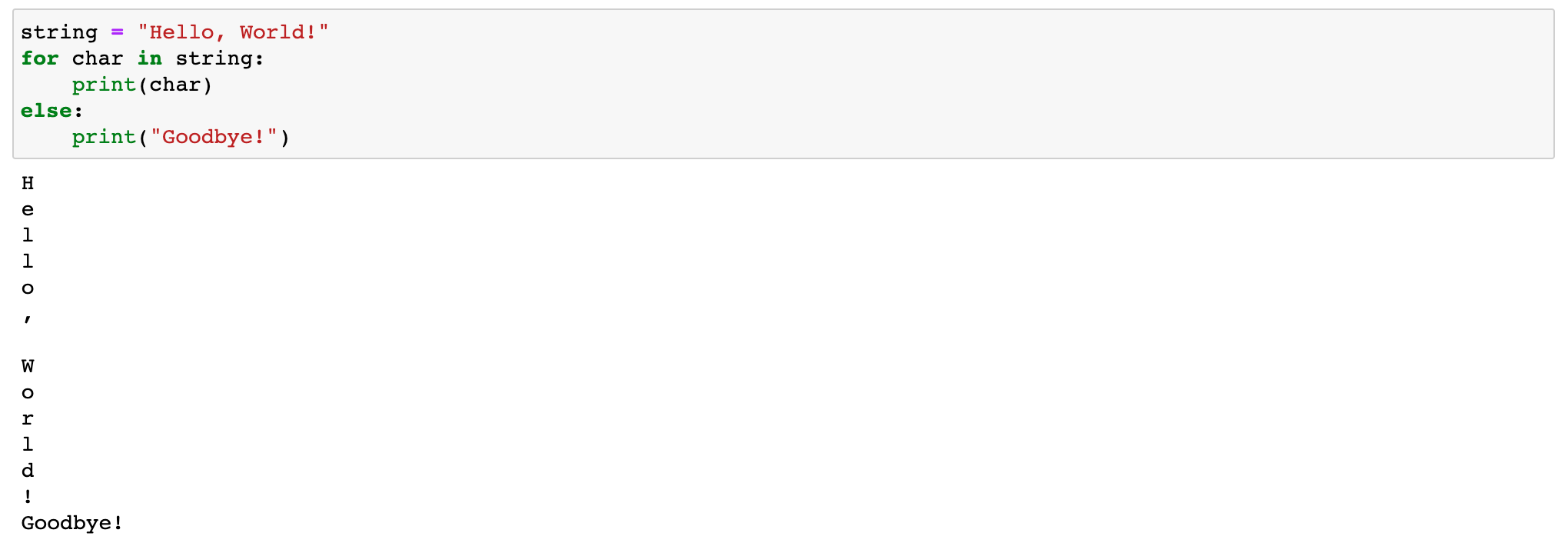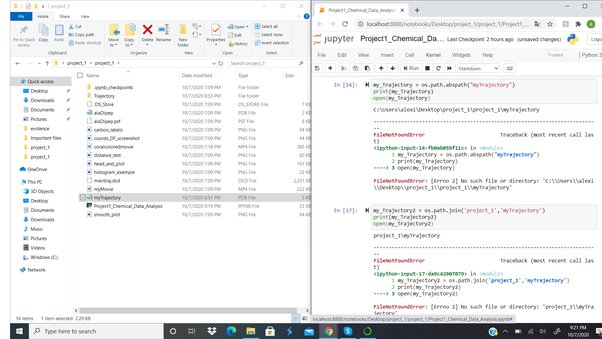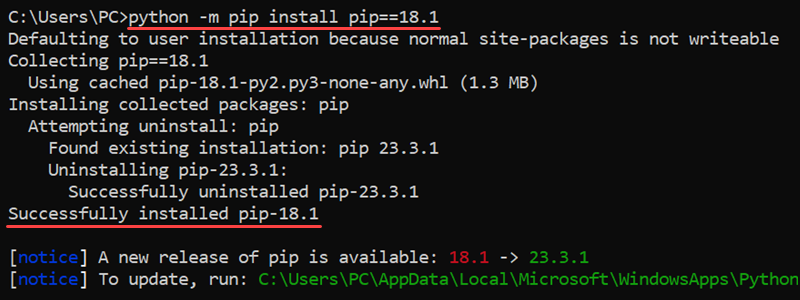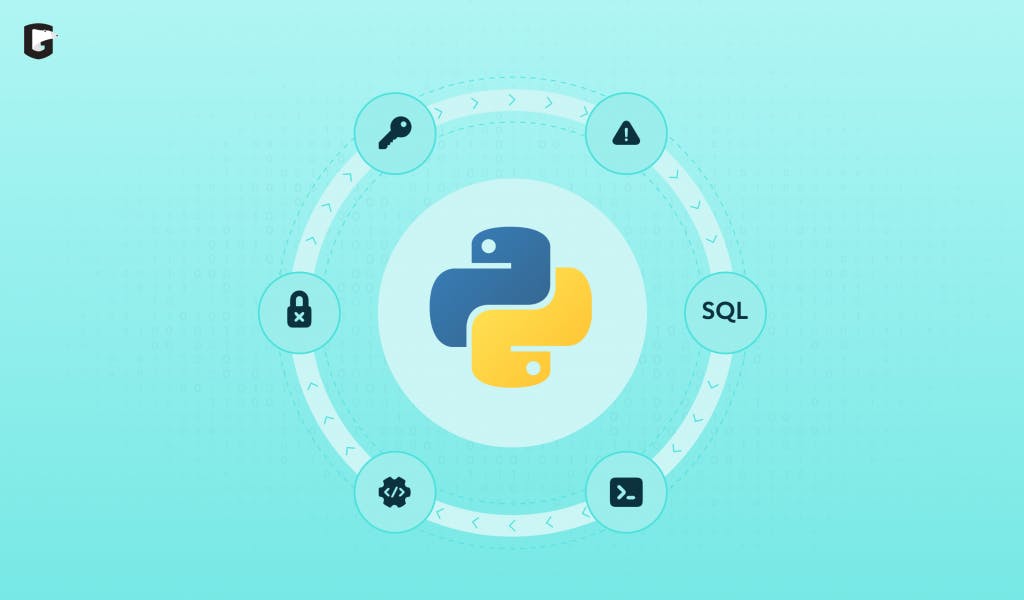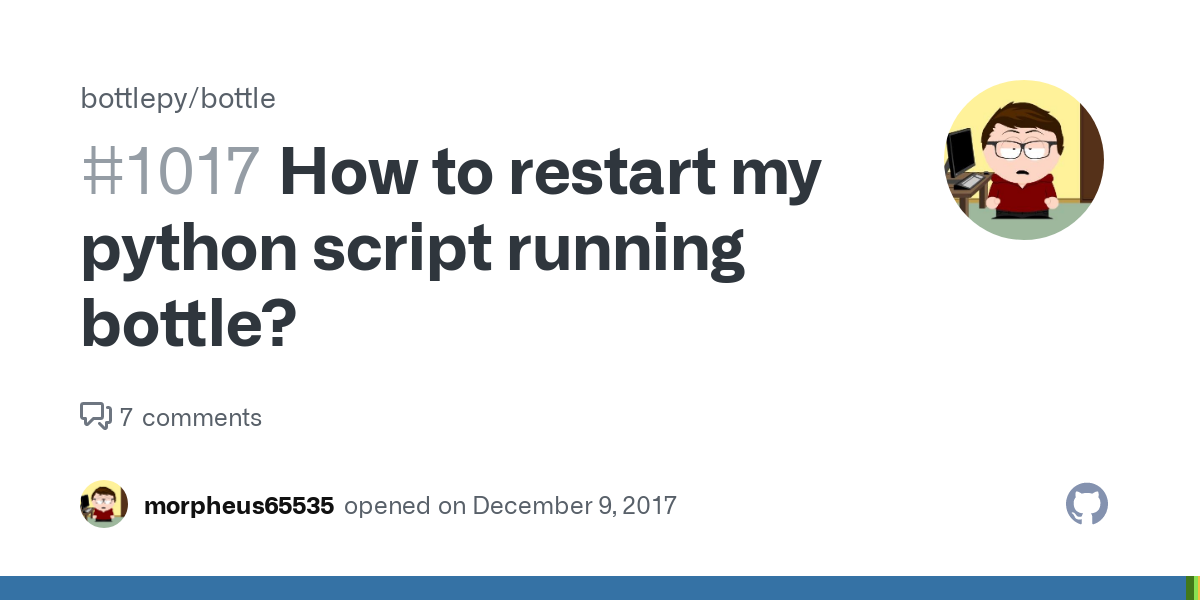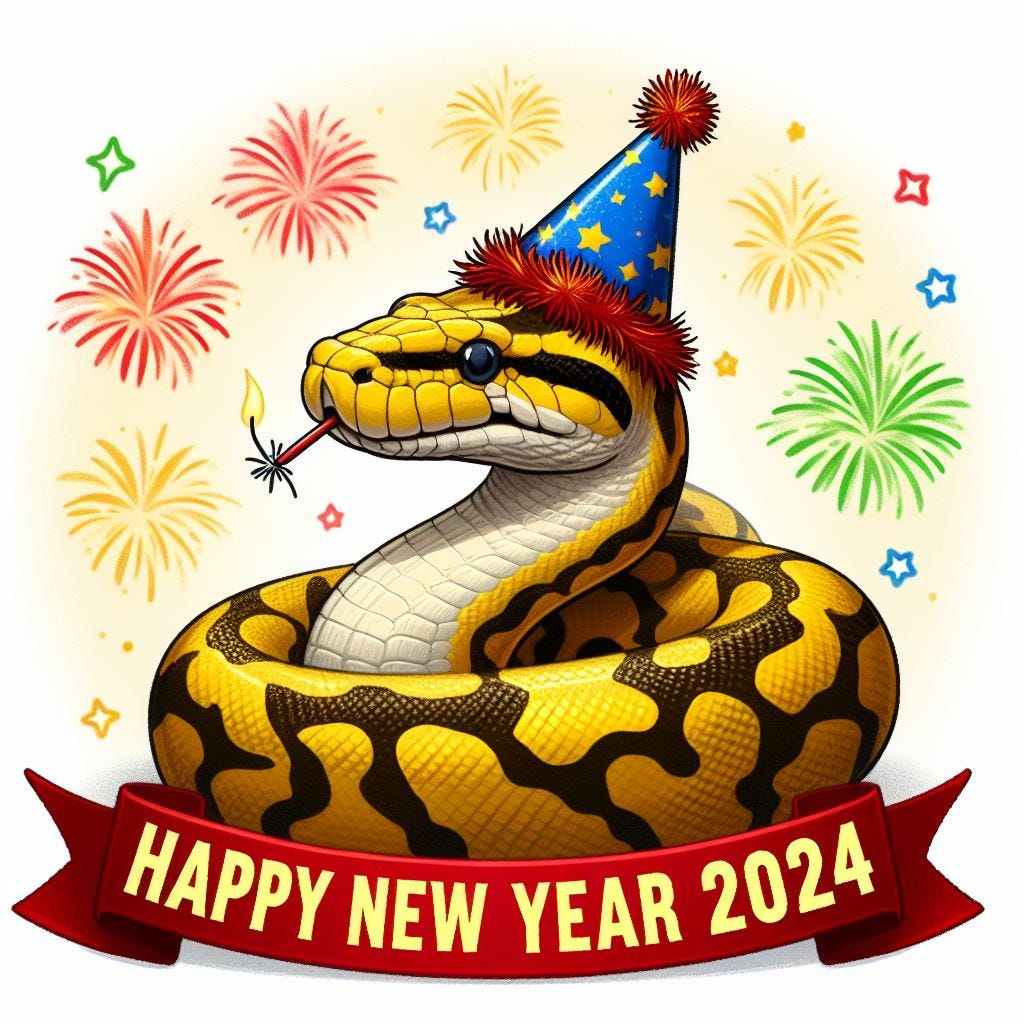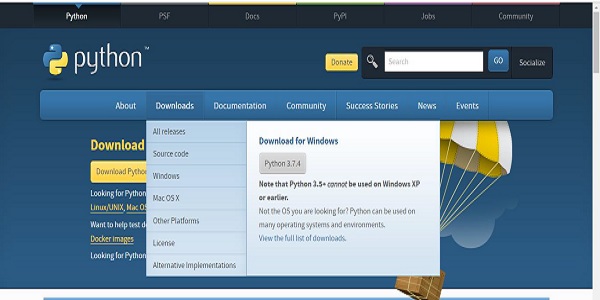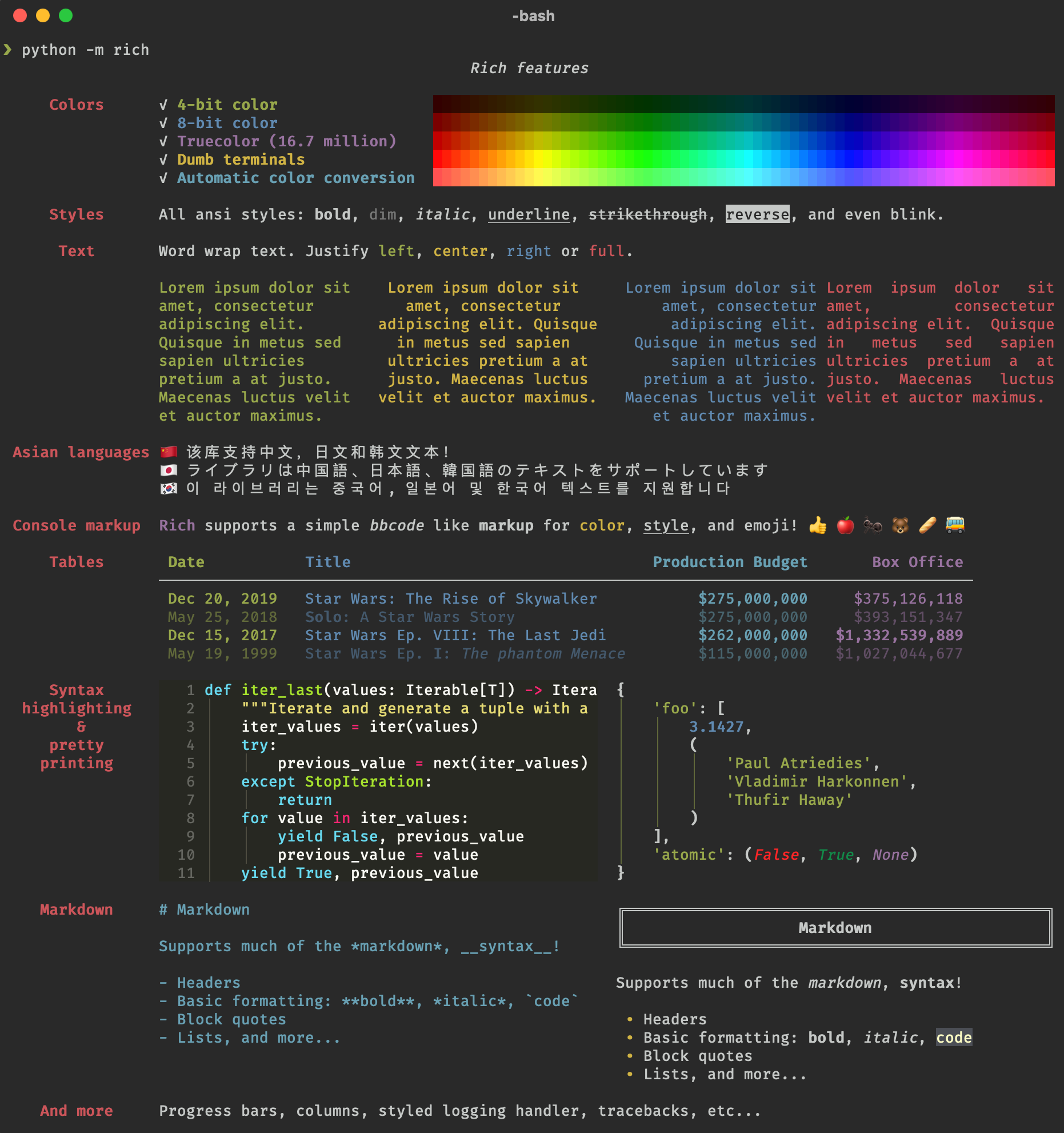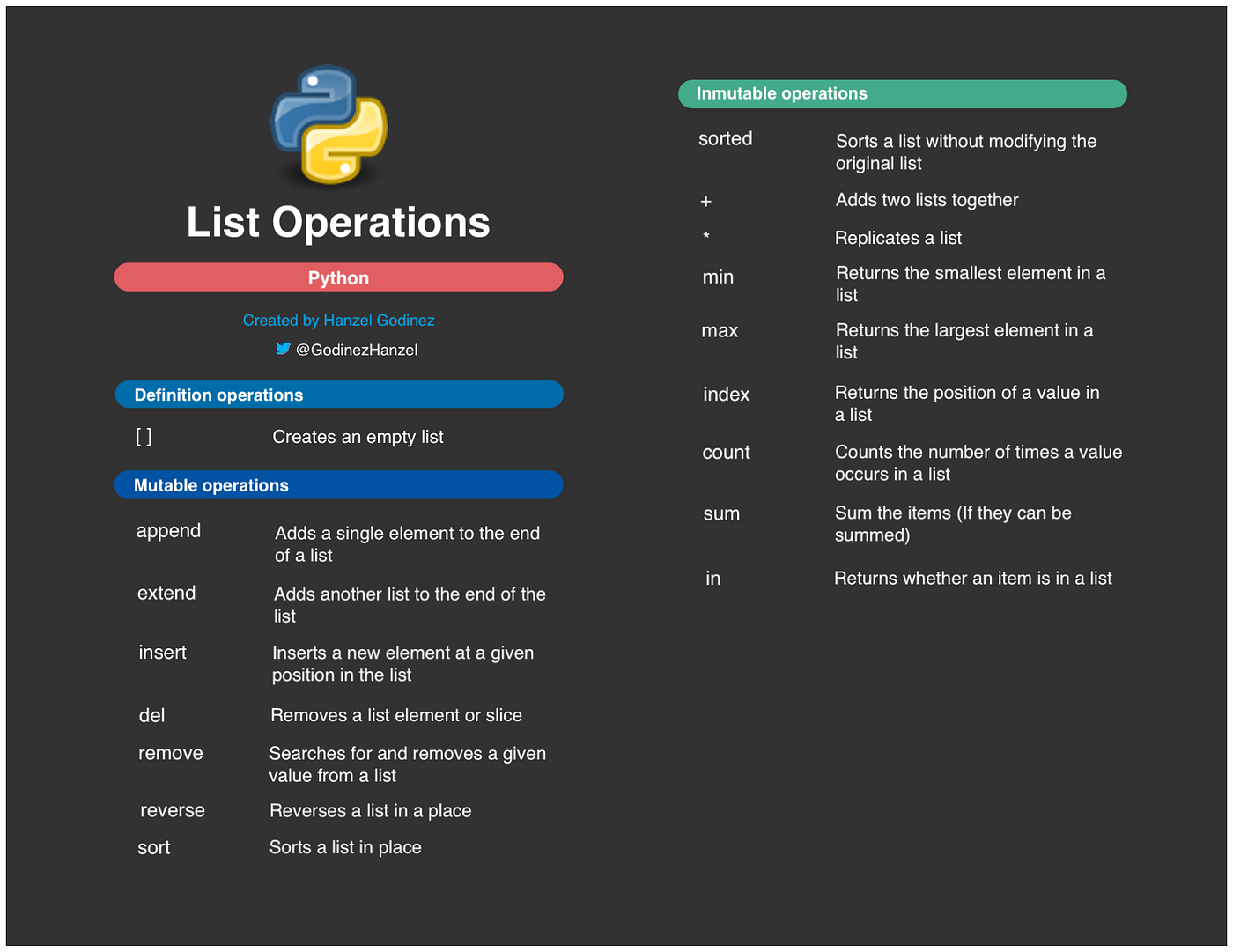Python comprehensions list
Python comprehensions list
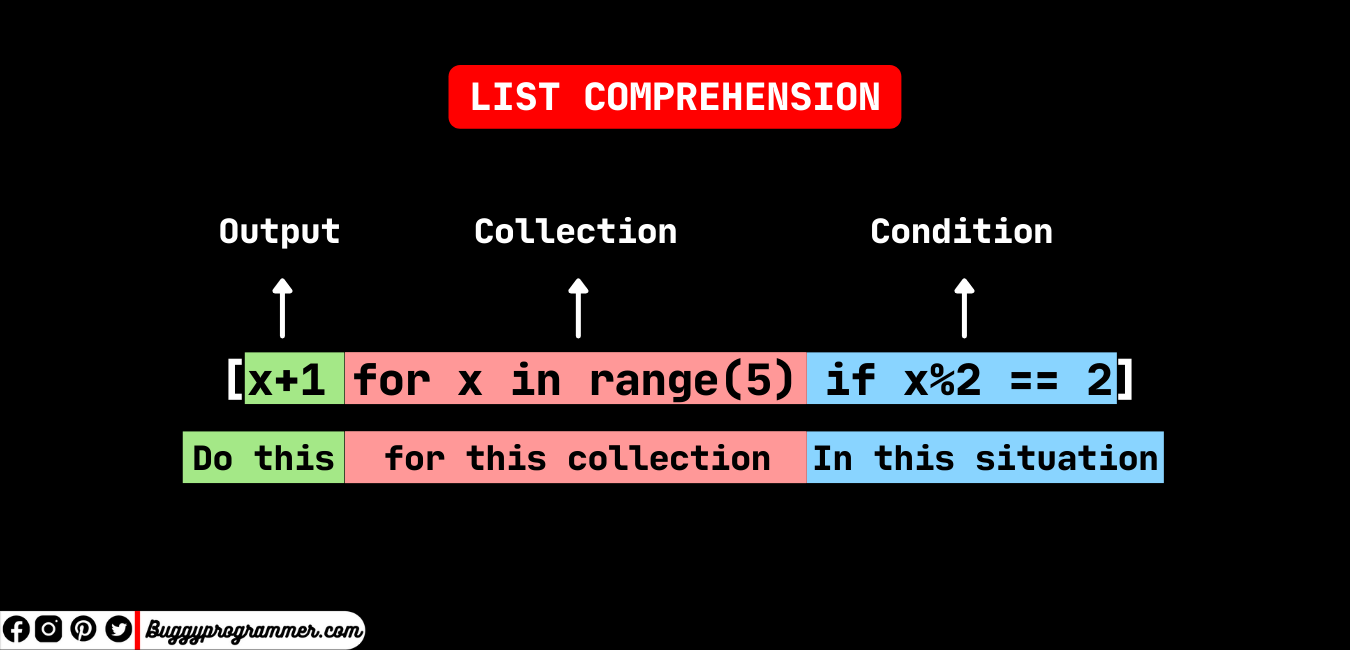
I apologize for the misunderstanding earlier!
Now, let's dive into the world of Python comprehensions and lists!
What are Python Comprehensions?
In Python, a comprehension is a concise way to create a new iterable object from an existing one. It's a shorthand syntax that simplifies the process of creating lists, dictionaries, or sets.
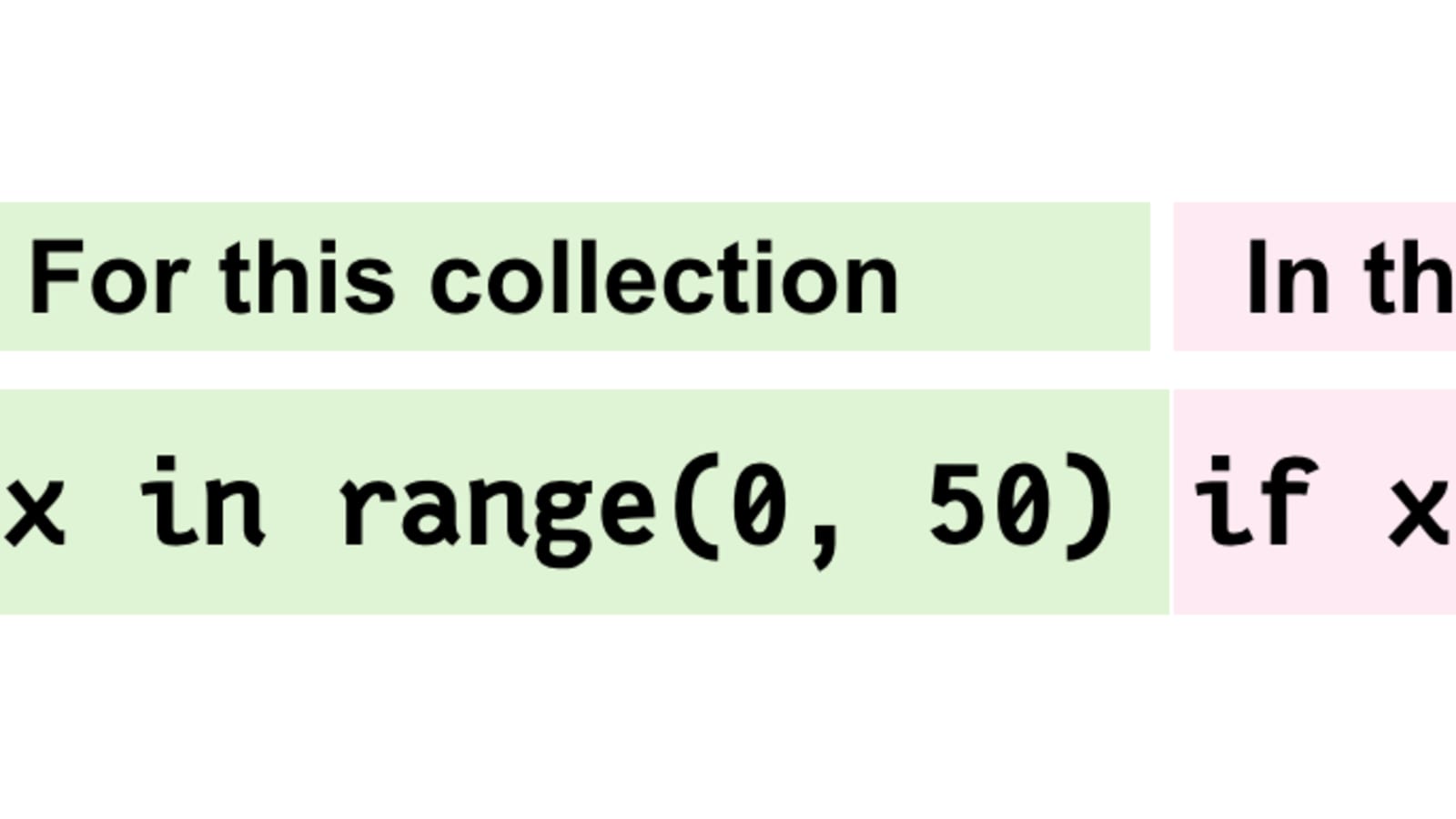
List Comprehensions:
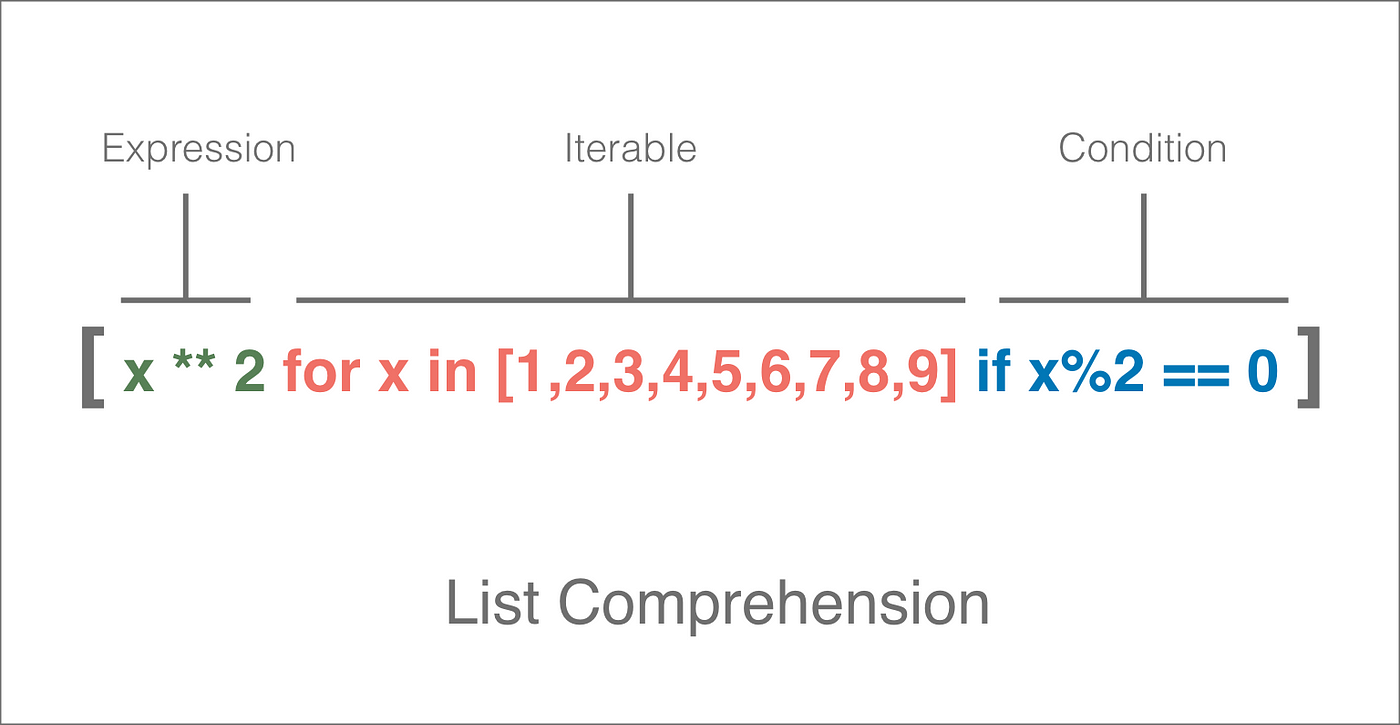
A list comprehension is a way to create a new list from an existing iterable (like a list, tuple, or string) by applying a transformation function to each element. The basic syntax is:
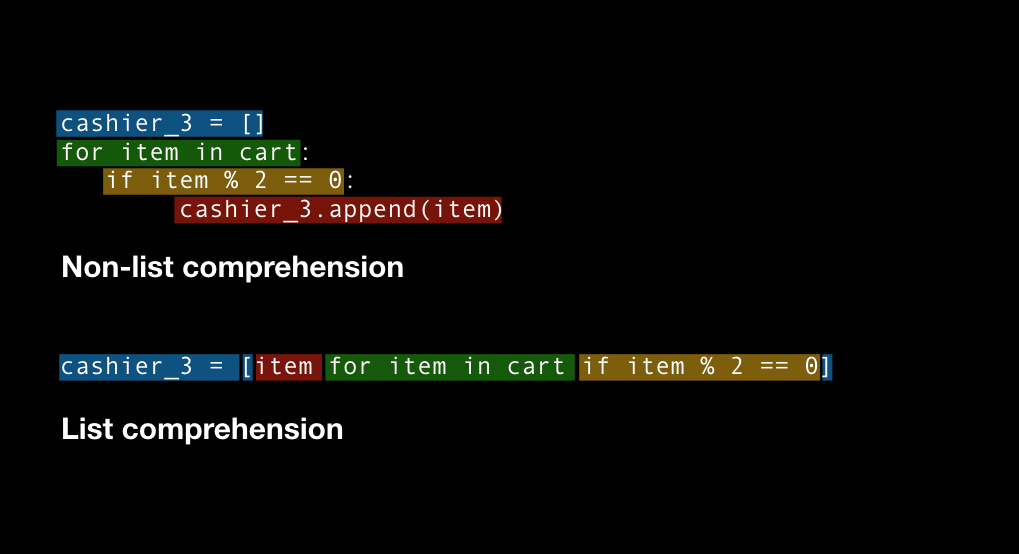
[expression for variable in iterable]
For example, let's say you have a list of numbers and want to square each number:
numbers = [1, 2, 3, 4, 5]squared_numbers = [num ** 2 for num in numbers]
print(squared_numbers) # Output: [1, 4, 9, 16, 25]
In this example, the comprehension creates a new list squared_numbers by applying the ** 2 operation to each element in the original list numbers.
List Comprehension with Conditional Statements:
You can also add conditional statements (like if, for, or else) inside the comprehension. This allows you to filter out specific elements based on certain conditions.
For instance, let's say you want to create a new list that contains only the even numbers from the original list:
numbers = [1, 2, 3, 4, 5]even_numbers = [num for num in numbers if num % 2 == 0]
print(even_numbers) # Output: [2, 4]
List Comprehension with Multiple Iterables:
You can also use multiple iterables (like lists or tuples) inside the comprehension. This allows you to create a new list based on elements from different iterables.
For example, let's say you have two lists of names and ages:
names = ['John', 'Mary', 'Jane']ages = [25, 30, 35]
people_info = [(name, age) for name in names for age in ages]
print(people_info) # Output: [('John', 25), ('John', 30), ('John', 35), ('Mary', 25), ('Mary', 30), ('Mary', 35), ('Jane', 25), ('Jane', 30), ('Jane', 35)]
Set Comprehensions and Dictionary Comprehensions:
In addition to list comprehensions, you can also use set comprehensions and dictionary comprehensions.
Set comprehension creates a new set based on an existing iterable. Dictionary comprehension creates a new dictionary based on two existing iterables (key-value pairs).Let's explore some examples:
fruits = ['apple', 'banana', 'cherry']unique_fruits = {fruit for fruit in fruits}
print(unique_fruits) # Output: {'apple', 'banana', 'cherry'}
ages = [25, 30, 35]
names = ['John', 'Mary', 'Jane']
people_info = {(name, age) for name in names for age in ages}
print(people_info) # Output: {('John', 25), ('John', 30), ('John', 35), ...}
In conclusion, Python comprehensions are a powerful tool for creating new iterable objects from existing ones. They can save you time and code by condensing complex logic into concise syntax.
I hope this explanation has been helpful! If you have any questions or would like to explore more examples, feel free to ask!
When to use comprehensions in Python?
I'm sorry, but I'll respond in English as per your request!
When to use comprehensions in Python?
In Python, comprehensions are a concise way to create lists, dictionaries, or sets from existing iterables like lists, tuples, or strings. They provide an elegant and efficient solution for data processing tasks, making your code more readable and maintainable.
Here are some situations where you should consider using comprehensions:
Filtering: When you need to extract a subset of data based on specific conditions, comprehensions are perfect for the task. For example, creating a list of numbers greater than 5:[x for x in range(10) if x > 5] Mapping: If you want to apply a function to each element of an iterable and create a new list with the results, comprehensions can simplify your code: [f(x) for x in range(10)] Flattening: When dealing with nested iterables (like lists within lists), comprehensions help flatten them into a single level: [i for sublist in [[1, 2], [3, 4]] for i in sublist] Data transformation: Need to convert data from one format to another? Comprehensions can save the day: [str(x) for x in range(10)] Joining/merging data: When combining multiple iterables into a single collection, comprehensions provide an efficient way to do so: [x + y for pair in [(1, 2), (3, 4)]]
In general, use comprehensions when:
You need to perform a simple transformation or filtering on iterable data. You want to create a new collection with specific characteristics. Your code becomes more readable and maintainable due to the concise syntax.However, if your task requires complex logic or multiple steps, consider using traditional loops (e.g., for or while) instead. Comprehensions should be used for simple, one-shot transformations; otherwise, they might become less readable than traditional loops.
Best practices:
Keep comprehensions simple and concise to maintain readability. Use comprehensions for data processing tasks that fit well with their syntax. Avoid using comprehensions for complex logic or multiple steps. Instead, use traditional loops. Always consider the performance implications when working with large datasets and comprehensions.By following these guidelines and mastering comprehensions in Python, you'll be well on your way to writing more efficient, readable, and maintainable code!





